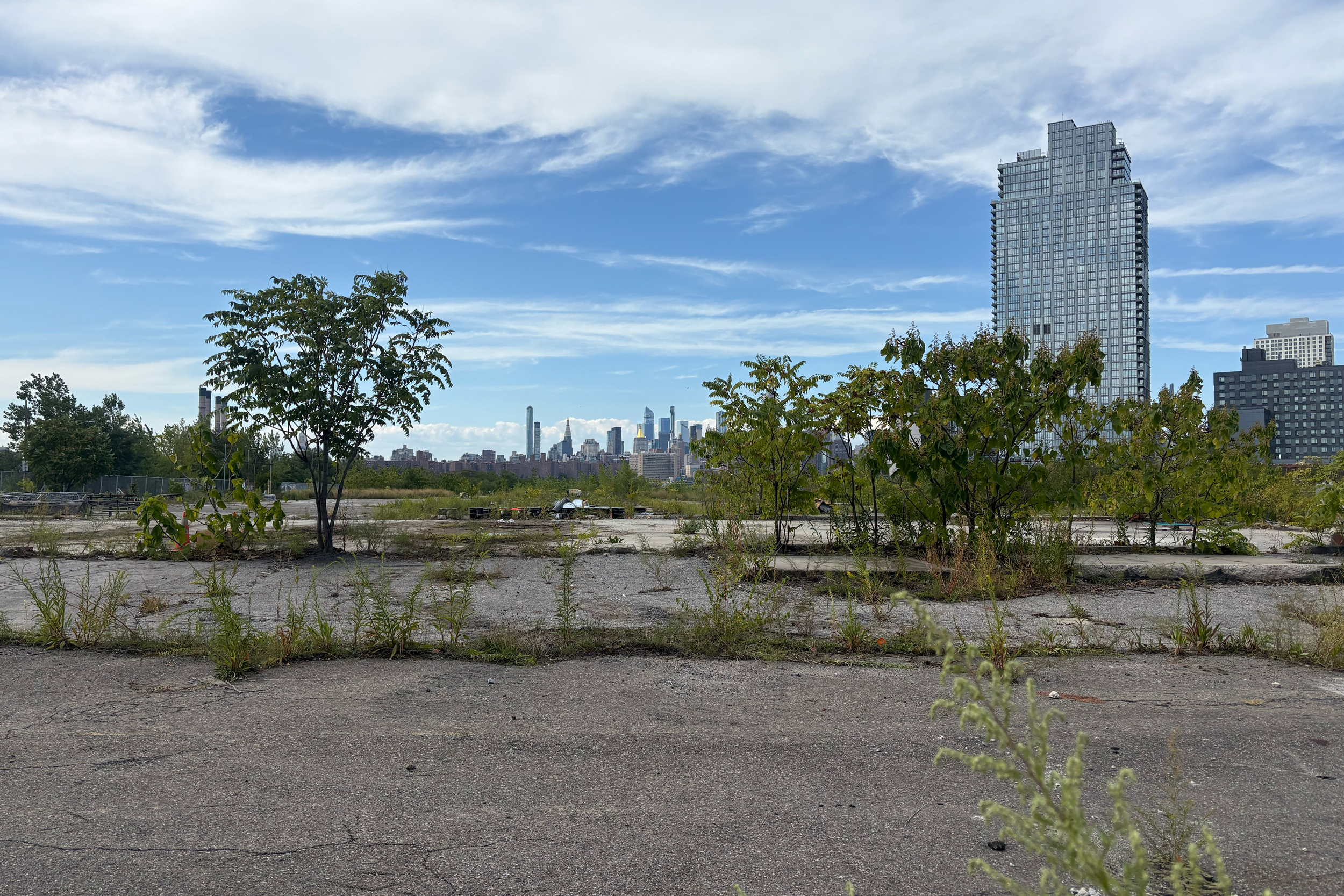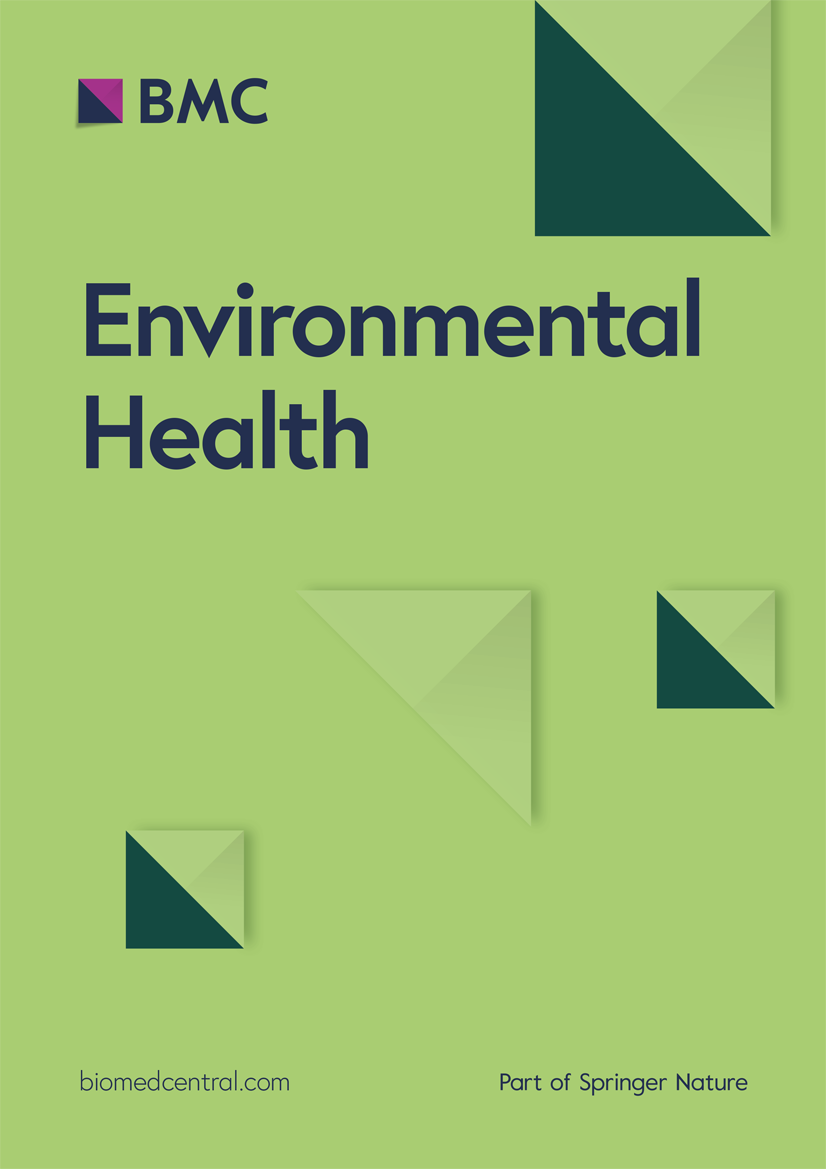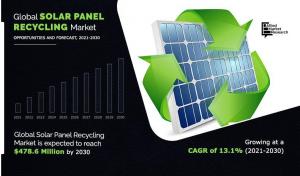Report on Urban Gentrification and its Implications for Sustainable Development Goals
This report analyzes the socio-economic and ethical dimensions of urban gentrification through a case study of a Mexican national considering a property purchase in a high-demand area of Mexico City. The analysis is framed within the context of the United Nations Sustainable Development Goals (SDGs), with a particular focus on urban sustainability, inequality, and poverty.
Case Background: A Personal Dilemma Reflecting Systemic Challenges
The subject is a U.S. permanent resident of Mexican origin who, after achieving significant economic success abroad, is now able to afford property in the desirable Condesa/Roma area of Mexico City—a location previously beyond their financial reach. This personal achievement is complicated by the visible effects of gentrification in the area, including:
- Housing prices comparable to the San Francisco Bay Area.
- A significant influx of foreign residents.
- The displacement of local residents, including highly educated professionals.
The individual’s conflict highlights a direct clash between personal aspiration and participation in economic dynamics that challenge key principles of sustainable and equitable development.
Analysis in the Context of Sustainable Development Goals
The situation described presents significant challenges to the achievement of several SDGs, demonstrating how global economic forces can impact local communities.
SDG 11: Sustainable Cities and Communities
The core of the issue relates directly to SDG 11, which aims to make cities inclusive, safe, resilient, and sustainable.
- Target 11.1 (Affordable Housing): The dramatic rise in property values and the displacement of local populations underscore a failure to ensure access to adequate and affordable housing for all. The phenomenon affects not only the working class but also college-educated citizens, indicating a systemic housing crisis.
- Target 11.3 (Inclusive Urbanization): The influx of foreign capital and high-income residents, without corresponding policies to protect existing communities, undermines the goal of inclusive and sustainable urbanization. This process alters the “whole social character” of districts, potentially leading to less inclusive communities.
SDG 10: Reduced Inequalities
Gentrification is a clear manifestation of rising inequality, a direct contradiction to the aims of SDG 10.
- The purchasing power of individuals earning in stronger foreign currencies creates a severe economic disparity with local wage earners.
- This dynamic exacerbates inequality within the city, pushing out long-term residents and creating exclusive enclaves for the wealthy, whether they are foreign or national.
SDG 1 (No Poverty) and SDG 8 (Decent Work and Economic Growth)
While the individual’s success story reflects positive economic mobility (SDG 8), the broader context reveals a critical imbalance.
- The primary issue is a structural lag between local wages and escalating housing costs. This disconnect threatens the economic security of residents and can push vulnerable households towards poverty (SDG 1) as a fundamental need becomes unaffordable.
- Sustainable economic growth must be inclusive; when it leads to the displacement of local populations, it fails to meet the criteria for sustainable development.
Policy Considerations for SDG Alignment
Addressing the ethical dilemma requires shifting focus from individual choices to systemic policy solutions that align with the SDGs.
Reframing the Problem
The term “gentrification” can obscure the fundamental issues. For effective policy-making in line with the SDGs, the focus should be on:
- Housing affordability and scarcity.
- Involuntary displacement of residents.
- The cultural and social toll on communities.
Recommendations for an SDG-Based Approach
The moral and developmental objective should not be to bar newcomers but to manage urban growth in a way that is inclusive and sustainable. Achieving this requires proactive governance focused on:
- Developing and enforcing policies that protect tenants and long-term residents from displacement.
- Investing in and expanding the supply of affordable housing to counterbalance market pressures.
- Promoting urban planning strategies that ensure new developments contribute positively to the existing social fabric, thereby supporting the overarching goal of SDG 11 to create sustainable and inclusive communities for all.
1. Which SDGs are addressed or connected to the issues highlighted in the article?
-
SDG 10: Reduced Inequalities
The article directly addresses economic inequality. The author, having earned a high salary in the U.S., can afford property that is out of reach for their “highly educated peers” who remained in Mexico. This highlights the growing gap between local wages and housing costs driven by global capital and income disparities, a core concern of SDG 10.
-
SDG 11: Sustainable Cities and Communities
This is the most central SDG to the article. The entire discussion revolves around urban development, specifically the phenomenon of gentrification in Mexico City. Key issues like housing affordability, displacement of residents, and changes to the social character of a neighborhood are at the heart of making cities inclusive, safe, resilient, and sustainable.
-
SDG 1: No Poverty
While the author and their peers are not in poverty, the article discusses the broader dynamics of gentrification, which was originally defined in the context of “working-class neighborhoods.” The article notes that rising property values create “insecurity for tenants” and that the opposite of gentrification—neighborhood decline—is “far harder on low-income residents,” connecting the issue of housing stability to the economic vulnerability of the poor.
2. What specific targets under those SDGs can be identified based on the article’s content?
SDG 10: Reduced Inequalities
-
Target 10.2: By 2030, empower and promote the social, economic and political inclusion of all, irrespective of… economic or other status.
The article illustrates how the economic dynamics of gentrification can lead to the exclusion of existing residents. The author’s dilemma stems from the fact that their participation in the housing market could contribute to a process that pushes out others, including their peers, based on their economic status and inability to compete with foreign-earned incomes.
SDG 11: Sustainable Cities and Communities
-
Target 11.1: By 2030, ensure access for all to adequate, safe and affordable housing and basic services.
This target is directly addressed. The author notes that even as a “relatively privileged Mexican with a college degree,” buying a home in the area was “out of reach” before they left the country. The core problem identified in the article is the lack of affordability, with prices now “comparable to small homes in the San Francisco Bay Area,” making housing inaccessible for many local residents.
-
Target 11.3: By 2030, enhance inclusive and sustainable urbanization and capacity for participatory, integrated and sustainable human settlement planning and management.
The article’s concluding moral question—”how to absorb them [newcomers] without harming those already there”—points directly to the need for inclusive and sustainable urban planning. The discussion of gentrification as a “symptom of housing scarcity and the lag between wages and housing costs” highlights a failure in sustainable urban management that this target aims to address.
SDG 1: No Poverty
-
Target 1.4: By 2030, ensure that all men and women, in particular the poor and the vulnerable, have equal rights to economic resources, as well as access to… ownership and control over land and other forms of property.
The article touches upon this target by discussing the “insecurity for tenants” caused by rising rents and the potential for displacement. This process threatens the control that lower-income and working-class residents have over their housing, a key form of property and economic security.
3. Are there any indicators mentioned or implied in the article that can be used to measure progress towards the identified targets?
SDG 10: Reduced Inequalities
-
Implied Indicator: Ratio of housing costs to local wages.
The article explicitly mentions the “lag between wages and housing costs” as a primary issue. The author’s shock at prices being comparable to the San Francisco Bay Area, despite local salaries being much lower, implies that this ratio is a key measure of the economic inequality driving the problem.
SDG 11: Sustainable Cities and Communities
-
Implied Indicator (related to 11.1.1): Housing affordability index or house price-to-income ratio.
The entire narrative is built on the lack of affordability. The comparison of Mexico City housing prices to those in the San Francisco Bay Area serves as an anecdotal measure of how unaffordable the market has become for those earning local wages.
-
Implied Indicator: Rate of resident displacement.
The author mentions hearing “stories of displacement even among my highly educated peers.” Although the article also cites studies questioning the rate of displacement, it acknowledges that displacement is a central concern and a key metric for understanding the impact of gentrification.
-
Implied Indicator: Change in demographic and social composition.
The article notes that “a wave of foreigners has moved in” and discusses the “cultural toll” and changes to a district’s “whole social character.” These qualitative changes, which could be measured through census data, are presented as important indicators of the effects of gentrification.
SDG 1: No Poverty
-
Implied Indicator (related to 1.4.2): Percentage of tenants experiencing rent insecurity.
The article states that “Rising property values do raise rents and insecurity for tenants.” This suggests that tracking the level of security tenants feel about their housing situation is a relevant indicator for measuring access to and control over property for vulnerable populations.
4. Table of SDGs, Targets, and Indicators
| SDGs | Targets | Indicators (Mentioned or Implied in the Article) |
|---|---|---|
| SDG 1: No Poverty | 1.4: Ensure equal rights to economic resources, access to ownership and control over land and other forms of property for the poor and vulnerable. | Percentage of tenants experiencing rent insecurity. |
| (Implied by the phrase “Rising property values do raise rents and insecurity for tenants.”) | ||
| SDG 10: Reduced Inequalities | 10.2: Empower and promote the social and economic inclusion of all. | Ratio of housing costs to local wages. |
| (Implied by the discussion of “the lag between wages and housing costs” and prices comparable to the Bay Area.) | ||
| SDG 11: Sustainable Cities and Communities | 11.1: Ensure access for all to adequate, safe and affordable housing. | Housing affordability index / House price-to-income ratio. |
| (Implied by the author’s shock at prices and the statement that buying was “out of reach” even for privileged locals.) | ||
| 11.3: Enhance inclusive and sustainable urbanization. | Rate of resident displacement. | |
| (Implied by the “stories of displacement” the author hears.) | ||
| Change in demographic and social composition. (Implied by “a wave of foreigners has moved in” and changes to the “whole social character.”) |
Source: nytimes.com







